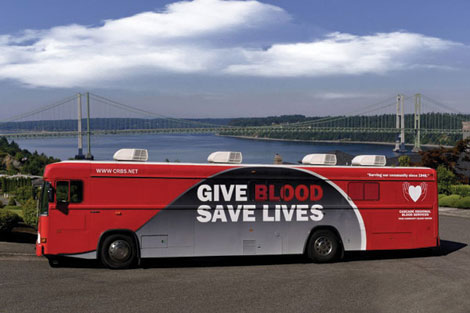Just about every minute, a woman dies of heart disease. But the majority of these deaths are avoidable. That’s why Social Security encourages you to participate in National Wear Red Day on February 5, which aims to raise awareness about preventing heart disease and stroke among women.
Social Security plays an important role in many women’s lives — nearly 60 percent of people receiving Social Security benefits are women. Social Security provides important financial assistance to women in times of need, including a sudden illness or an injury leading to disability. While many illnesses and injuries are difficult or impossible to prevent, there are steps that women can take to help prevent some health issues, so that they can live longer and healthier lives.
According to the American Heart Association, “heart disease is the number one killer of women, causing one in three deaths each year.†But the American Heart Association reports that this is 80 percent preventable with education and lifestyle changes. Changes in diet and exercise can help prevent these events, along with obtaining preventative healthcare such as cholesterol checks. You can take part in raising awareness about this women’s health issue by wearing red on February 5 to show your support. You can also learn more about heart disease and stroke prevention by visiting www.goredforwomen.org.
Raising awareness about women’s health issues is important to improving quality of life for all women. Social Security is also committed to addressing the unique concerns that women may face in obtaining Social Security benefits, whether they’re seeking benefits for health or other reasons. Women may face different situations than men throughout their lives that can affect their need for benefits. For instance, women are more likely than men to outlive their spouse. Working women earn less on average than men do. Women are more likely to be stay-at-home parents or spouses. All of these circumstances can cause women to have different Social Security needs than men have.
In order to address these concerns in one place, we have a website designed for women that provides pertinent information to women regarding Social Security’s services. This website includes information that may be particularly useful to working women, women who receive Social Security benefits, brides, new mothers, wives, divorced women, caregivers, and widows. Our website for women provides information on retirement, survivors, disability, and Supplemental Security Income benefits. Our website also contains links to Social Security publications relevant to women’s issues, such as our publications What Every Woman Should Know and Understanding the Benefits. You can visit our website for women at www.socialsecurity.gov/people/women.
We hope that raising awareness on women’s health issues and providing women easy access to information about Social Security benefits can enrich your life and the lives of those you love.
Kirk Larson , who wrote this article, is a Social Security public affairs specialist for Washington.
